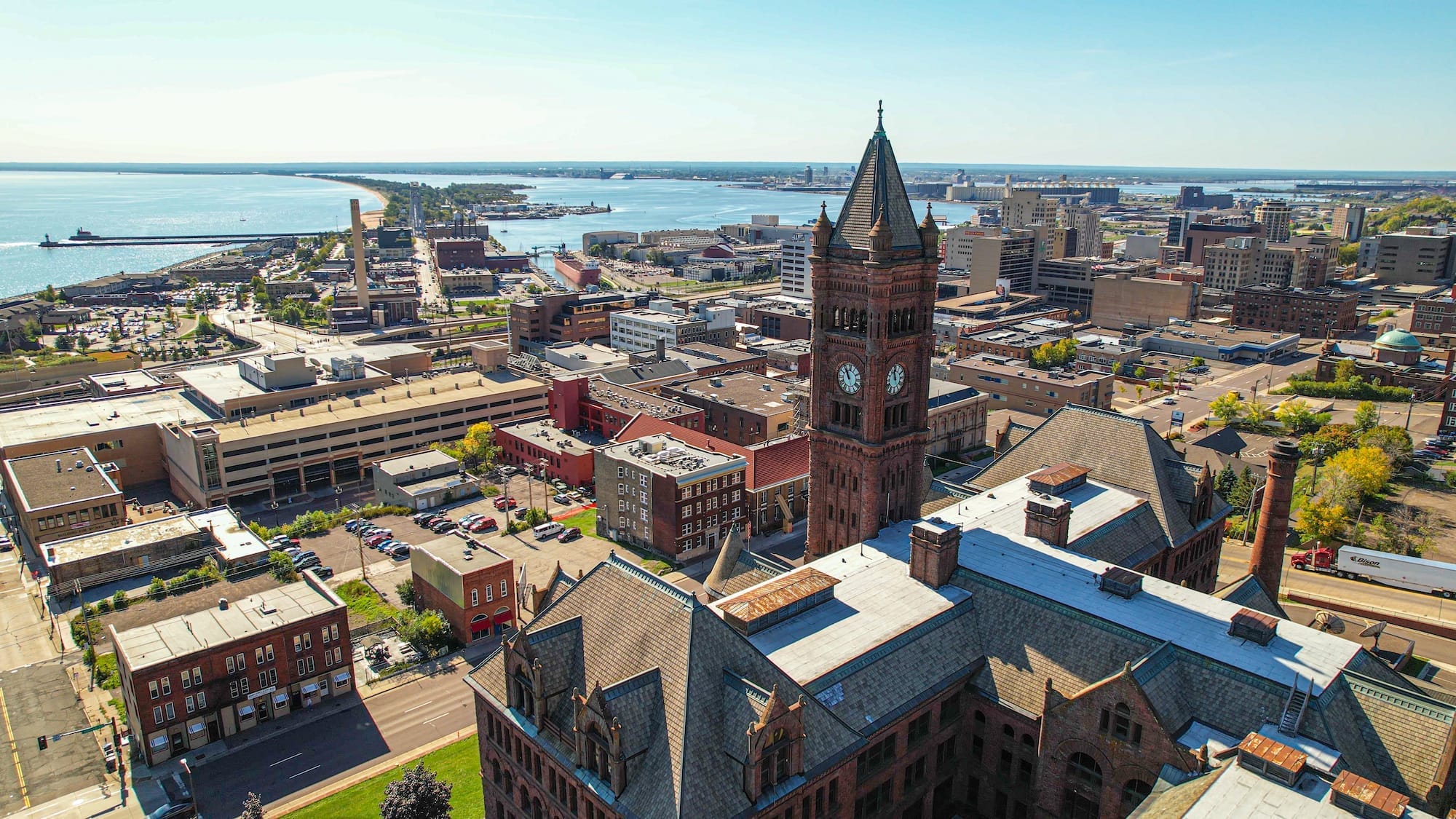Forests, Iron, and the North Shore—Duluth, MN

The history of the area surrounding Duluth, MN, is largely a story of environmental exploitation. It started in the mid-1600s, when the first French fur traders allied with the native Ojibwe and established a series of trading posts in the far northeastern portion of the state.
By 1849—when the Minnesota Territory was created—the focus shifted to logging. With the forests from Maine to Wisconsin already decimated, northern Minnesota’s abundant timberland was next in line.
However, it was the opening of the Mesabi Iron Range in the early 1890s that had the most dramatic and lasting impact on the area around Duluth. This development cemented the city’s reputation as the center of the U.S. shipping industry and, for a few short years, one of the wealthiest cities in the country.
Mining remains an important and even vibrant component of northern Minnesota’s economy, but in recent decades, tourism and outdoor recreation have become even more significant economic drivers. Like in so many other areas of the country that were formerly dedicated to resource extraction, the ample state forests and other public wild lands surrounding Duluth have been largely repurposed for outdoor recreation.